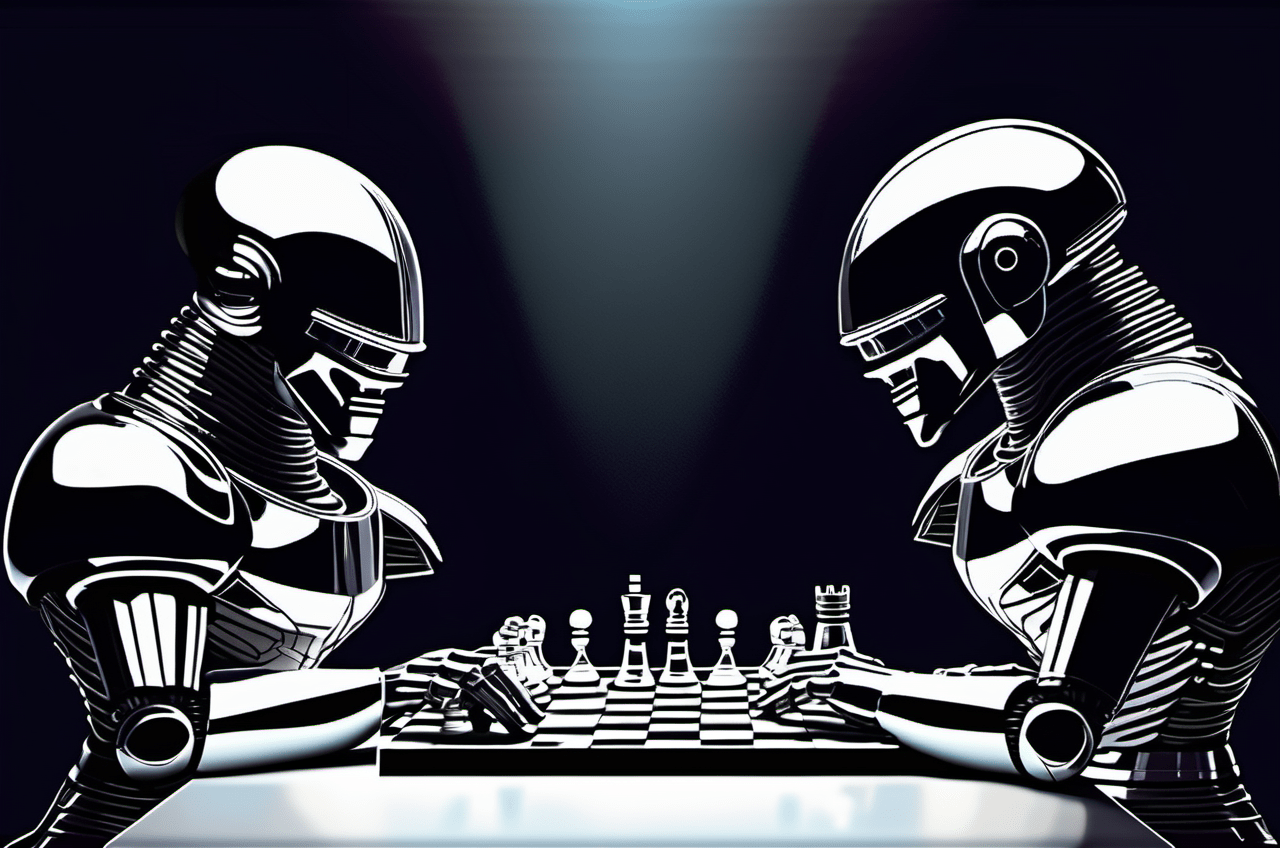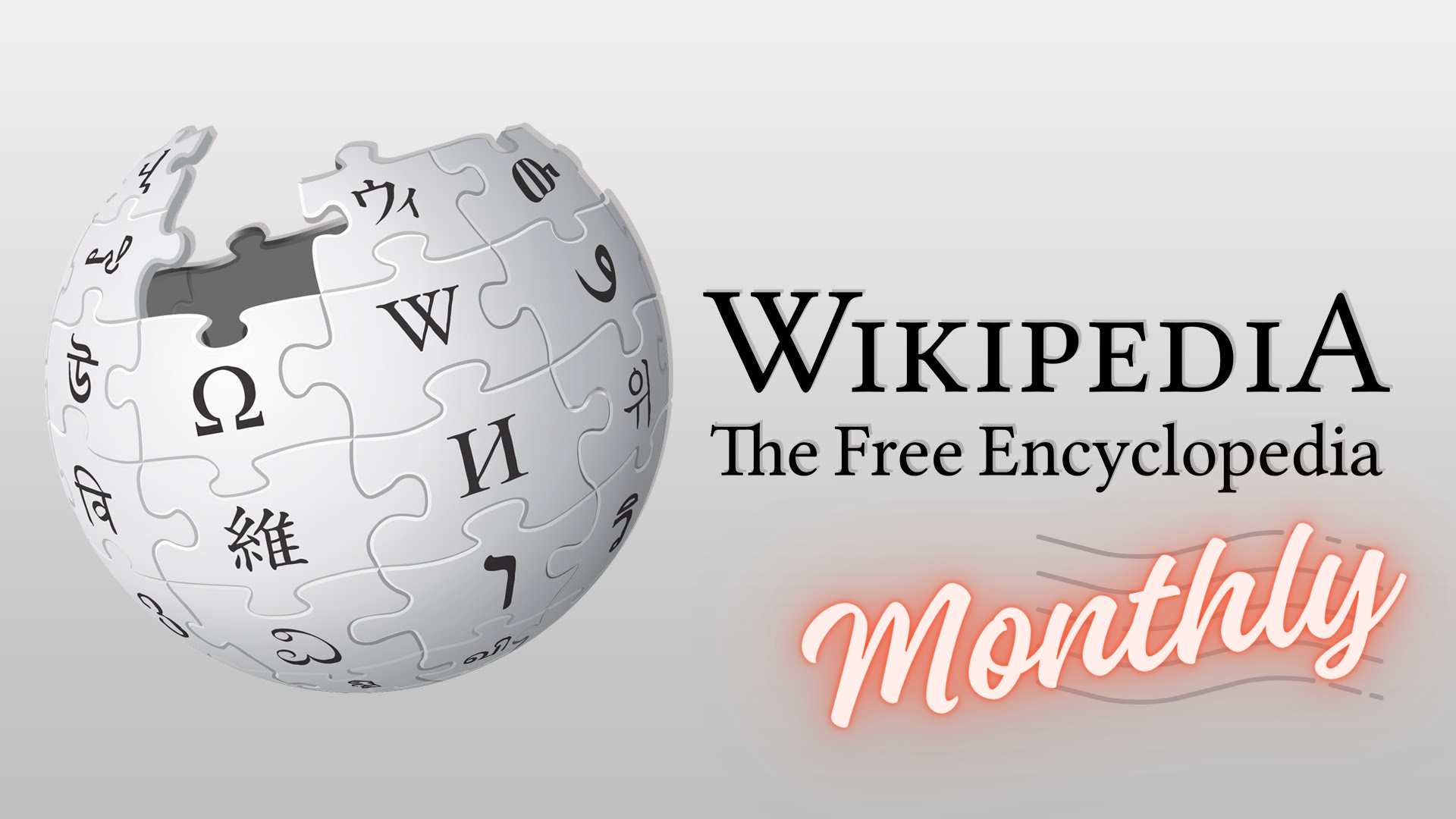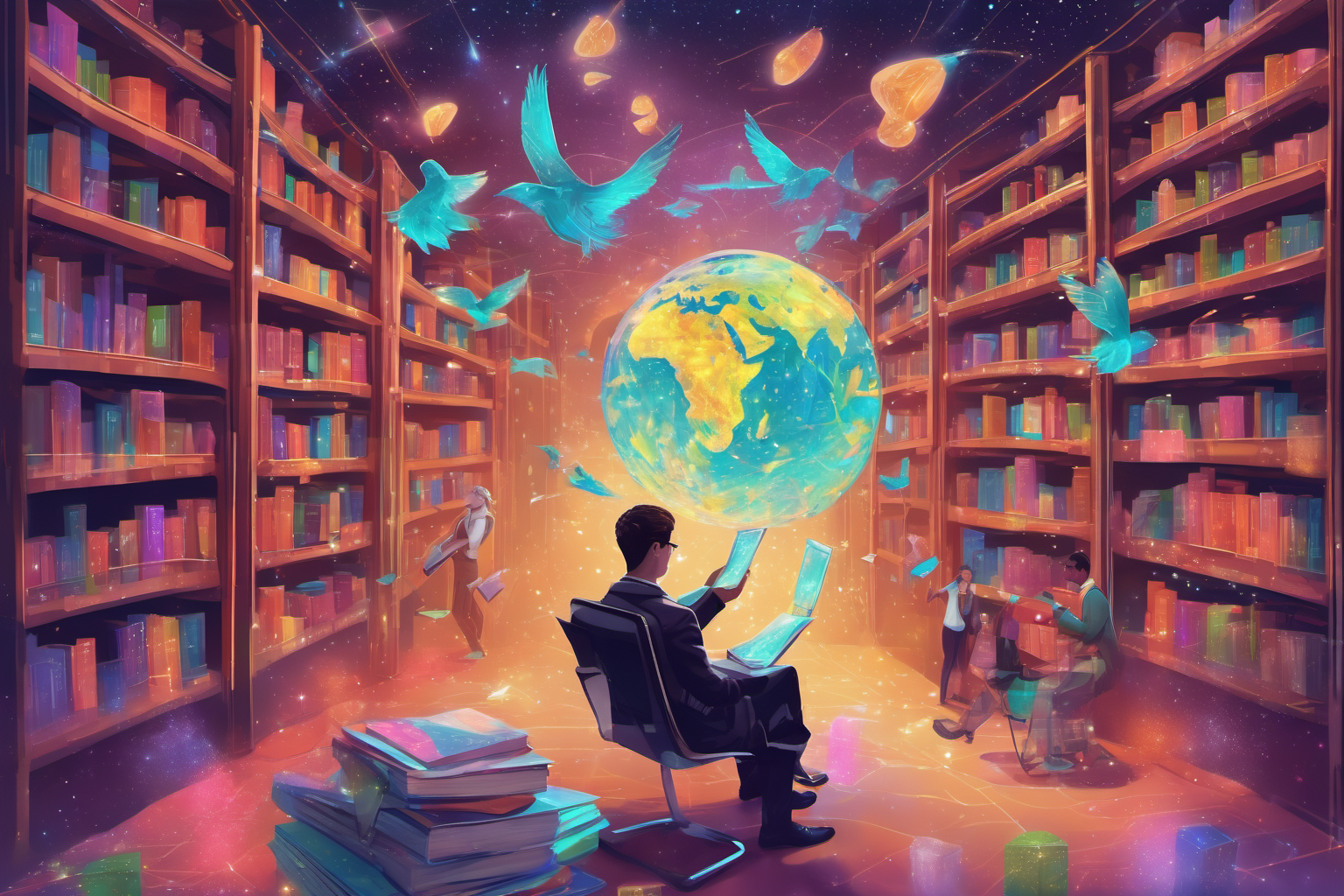
OpenAI RAG: A Step Forward or a Step Too Far?
Following OpenAI's DevDay, it's naturally compelling to assess OpenAI's Retrieval Augmented Generation (RAG) component, which is integrated into their Assistant and GPT products and is intended to empower users to create their own ChatGPT-like assistants that draws on their own data.
The dust has hardly settled, and yet, the hype might not be real. OpenAI's RAG and their general attitude towards developers, I believe, is a strategic misstep that could signal a downward trajectory for the company. Allow me to unpack this.
As a tech founder, I've always subscribed to the principle that a company's relationship with its partners forms the backbone of its success. OpenAI, like Apple, is becoming a developer platform, a stage on which developer partners can innovate and create. However, the way OpenAI has been treating its developer ecosystem is quite unsettling—they seem to be more of a competitor than a collaborator.
Let's draw on the Apple comparison to further illustrate this point. Apple, in its journey to become a tech behemoth, meticulously curated an ecosystem around its products. The company has always been selective, expanding into areas previously served by community devs, but on a case-by-case basis, and not as a category-devouring entity. Apple's approach has been to develop symbiotic relationships with their developers, working closely with them during updates and ensuring that they thrive within the ecosystem. OpenAI, in contrast, appears to be aggressively encroaching into their developer partners' space, a strategy that, to me, seems both short-sighted and self-destructive.
OpenAI's overbearing expansion strategy isn't the only issue. Their philosophy of unifying control under one AI model, instead of a distributed architecture that compartmentalizes functionalities, exposes a bevy of possible security issues. Essentially, they're attempting to bring different permission contexts within the purview of one model—even when the model itself cannot efficiently distinguish between instructions of different levels. The ramifications? Limited flexibility, potential security nightmares, not to mention that this strategy offers nothing significantly valuable for its partners to counterbalance the increasing risk of working with OpenAI.
The impending commodification of OpenAI is another ticking time bomb. This is where Open Source players the likes of Mistral and Llama loom large. GPT-4, with its impressive performance, is fast becoming the "golden standard" in AI. Its capabilities have unlocked a plethora of real-world use cases, making further pure performance improvements look like diminishing returns. However, OpenAI's competitive advantage could evaporate if Llama, Mistral or Yi manage to reach similar performance levels.
In truth, we're witnessing a race against time. The AI ecosystem is evolving rapidly, and OpenAI's aggressive expansion and unfriendly approach towards its developer ecosystem seem to be a desperate gamble to maintain their lead. But here's the rub—a hypothetical GPT-5 with even more modalities or superior performance doesn't seem like it would have as much impact on the market as third-party companies developing a GPT-4-like model.
In conclusion, OpenAI's tactics, while potentially beneficial in the short-term, pose significant long-term risks. A delicate balance of collaboration, innovation, and mutual growth forms the bedrock of a thriving developer ecosystem. OpenAI's current approach runs counter to this philosophy, threatening the vitality of its partnerships and, ultimately, its dominant market position. As more entities move towards the GPT-4 standard, OpenAI's aggressive market tactics might turn out to be their Achilles' heel. The company stands at a crossroads—the decisions they make now will undoubtedly shape their future.
Oh, and we're still waiting for a move from Google and the Gemini project.


Omar Kamali
Tech Founder & AI Strategist
Building products at the intersection of AI scale and human finesse, making complex technology accessible to everyone.
More about me



